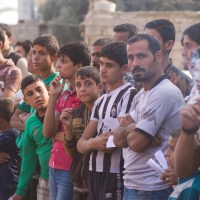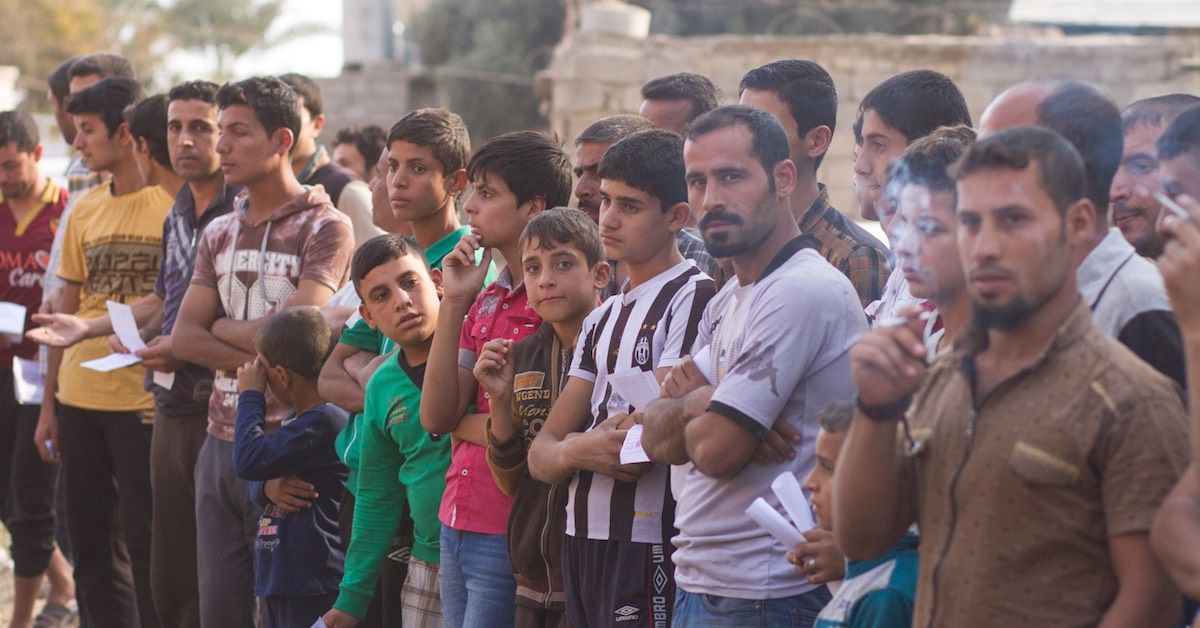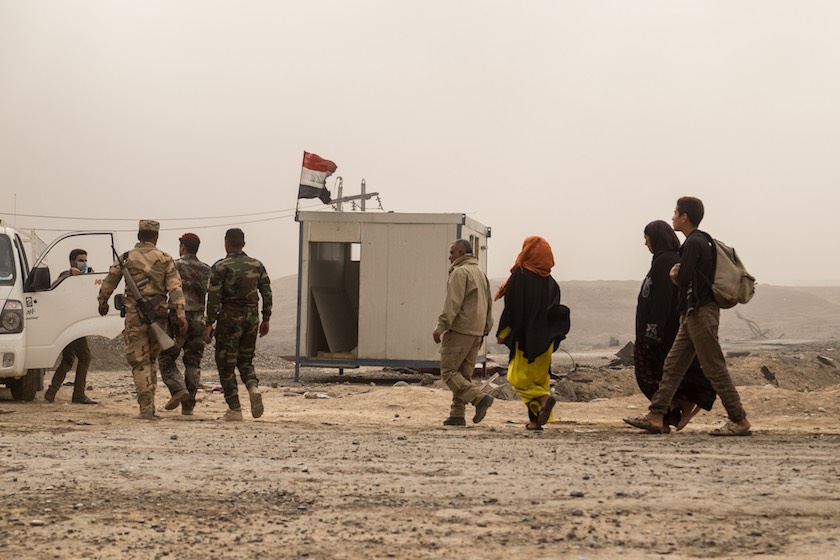Before the battle to liberate Mosul began, the United Nations estimated around a million people would be displaced by the fighting, which would make it one of the biggest humanitarian disasters of our time.
So where are they?
With months to plan and millions of dollars in their budgets, the largest aid groups in the world began preparing to receive all these people. They built camps. They stocked warehouses with food. They prepared front-line medical response teams.
Then the fighting began, towns were liberated, and… barely any families came.
For weeks, many of the camps stayed almost totally empty. Even today, after scores of towns and villages around Mosul have been liberated, there are huge camps sitting unfilled, with relatively few families in them.
Why? Where are all the people? Where is the crisis everyone warned about?
Just under 57,000 people have fled since the beginning of the operation to liberate Mosul from ISIS (as of November 15). That’s a significant number, but it’s nowhere near the one million people estimated early on.
Why so few?
There are several reasons, but here’s the most important one for our work:
The majority of Mosul families are staying in their homes.
Rather than fleeing to fenced-off, highly-regulated tent communities, thousands of families are barricading themselves in their homes and waiting for the fighting to end.
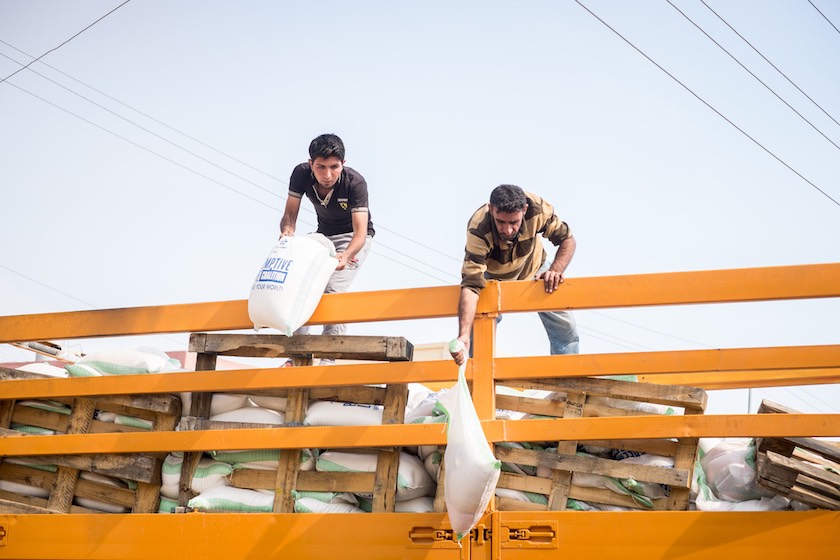
They would rather stay in their homes, on their property, and risk the bombardments and stray bullets than flee on foot across rough, dangerous terrain. Many are afraid to flee, especially if it means running toward people who may or may not have their best interest at heart.
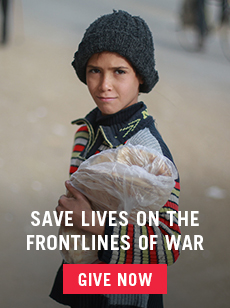
Many of these Sunni Arab families remember what life was like for them under U.S. occupation—not always favorable. They remember what life was like under the Shia-dominated government before ISIS. For the past two years, they’ve had a new occupier more brutal than any of them, so it makes sense that they are slow to trust anyone at this point.
But what does all this mean for the response in Mosul?
It means all this talk about a “looming humanitarian crisis” is wrong. The crisis is already upon us. Families are afraid, still trapped in their homes and destroyed towns, with a dwindling supply of food and water.
They are in no less urgent need, just because they haven’t fled their homes. If anything, they’re in greater need. In many cases, they are still surrounded by violence on all sides.
And you have the ability to help them.
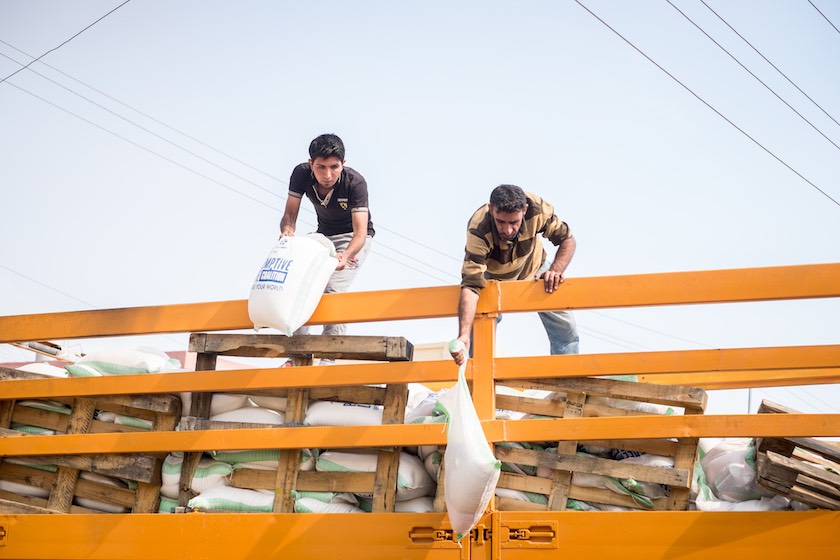
We cannot just sit inside the gates of safety, inside half-empty refugee camps, waiting for families to reach us. This is an altogether different kind of crisis, and the humanitarian community needs to wake up to this.
We must go beyond the gates of safety. We must run to the hard-to-reach places, to the front-line places, to the ISIS-was-just-here places. We must reach people where they are.
We shouldn’t make the most vulnerable people come to us. We must go to them.
The Mosul crisis requires a very different response than anything we’ve seen so far. But this means risking more. It means you have to have access, good partners and friends, and you need to be willing to go where others can’t or won’t.
We are.
We have the access and the infrastructure to reach families where they are, in and around Mosul. But we need you to donate now to help resupply our trucks, so we can serve more families in just-liberated towns.
If we do not go where the need is, the situation in Mosul could go from being a humanitarian crisis to a humanitarian disaster. But there is another way. Families are waiting—let’s go to them!
Provide food, water, and medical care for families caught up in the fight for Mosul. $65 can feed a family for a month.

